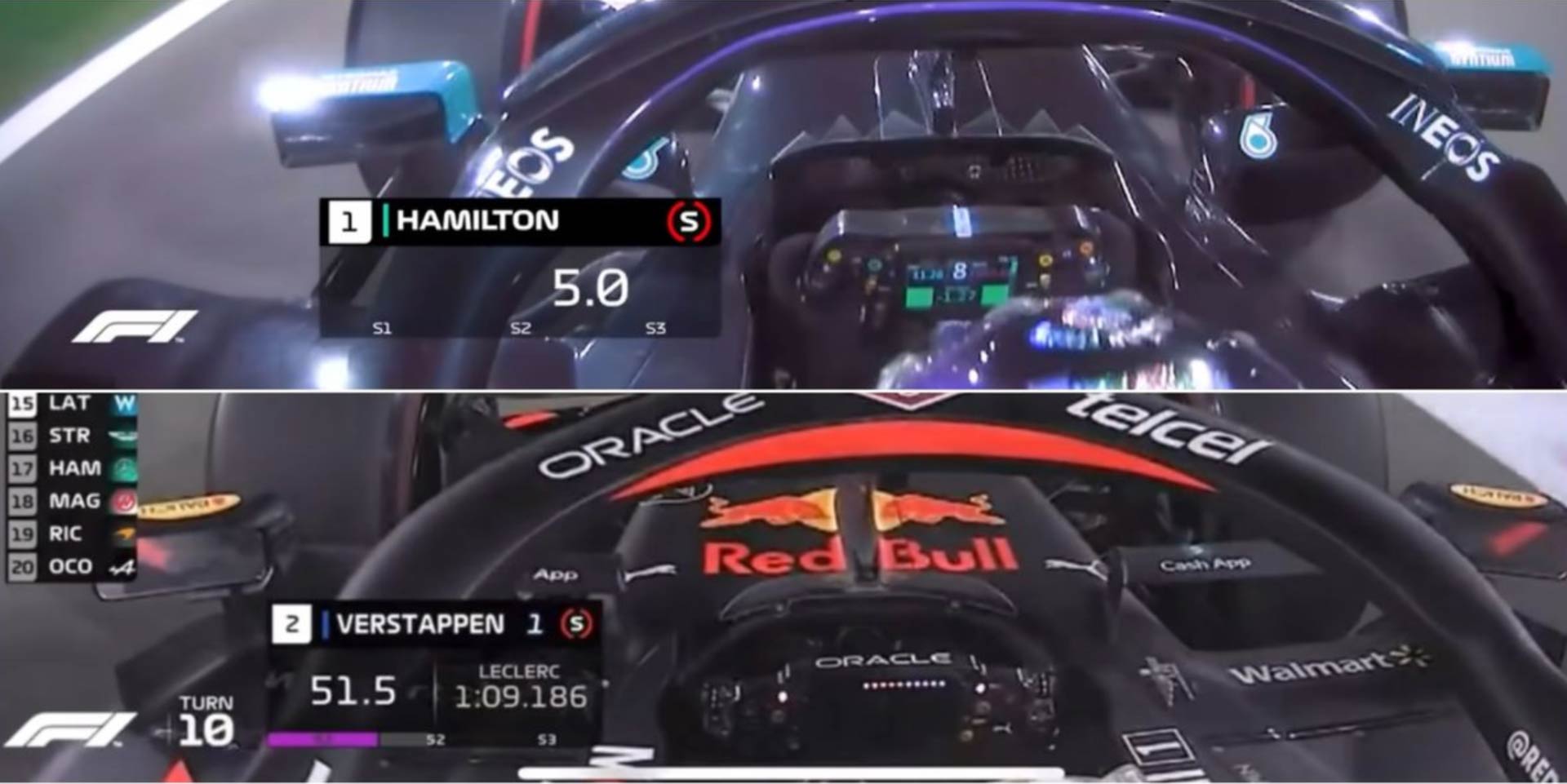
Everything is ready for tires to start rolling in Bahrain. On March 20, the drivers will once again position themselves on the grid to start a new Formula 1 World Championship, which promises to be more spectacular as a result of innovations in single-seaters and new regulations.
All the teams have gotten their hands on their vehicles looking to improve the performance of the last edition. However, some teams went further, focusing on even the smallest detail.
This is the case of Red Bull, who during the pre-season test laps in Bahrain exposed an obsession with having everything under control and exposed a striking “anti-spy” filter on Max Verstappen's steering wheel.
The video shared by Formula 1 on his social networks revealed a curiosity in the Dutch car as he set the best lap time (1:31 .720). The fact is that the Austrian team decided to implement a polarized cover on the steering wheel screen so that rivals who are watching the official live broadcast cannot see the data that appears on it. The specialized media Card and Drive revealed this detail and defined this accessory as an “anti-spy filter” to make clear the sharp work of the teams to keep everything under control.

During the race, television managers often use the on-board camera that practically gives an image of the pilot driving in the first person. In it, you can usually see the protagonist's hands on a steering wheel with a screen that reveals important data such as the vehicle's gear, battery charge and brake balance, among other metrics that can be used to analyze rivals.
Although less experienced fans go unnoticed, the teams were obviously not comfortable with this and Red Bull found a way to avoid sharing sensitive information with their competitors with this filter. While it allows the driver to see the data on his screen, the statistics displayed by the steering wheel are completely unreadable to the camera located in the vehicle.
His direct rival, Mercedes, also uncovered some tricks and secrets during his last tests leading up to the start of the championship. In this case, it would be a change in the pontoons or sidepods, located on the side of the vehicle and which play an important role in the use of the rear wing.
One of its main functions is to redirect airflow from the front to the rear axle and increase speed. As reported by The Sun, it was found that the German team chose “to decouple its side impact structure from the pontoon”, while adding a “new set of fins on the edge” to channel the airflow.
A reform that generated debate in the environment but that the technical director of F1, Pat Symonds, was responsible for clarifying that it was something legal, comparing it with an aerospace industry technology. “This is a very new approach. I like to see new interpretations. I must say, it's not one I expected to see. And I'm still really impressed by the way they're passing the air to cool the car,” he told Sky Sports.
“I think he will have made his rivals go back to the rule book with his red pencil and see what they have done. I think the Mercedes, they have some little tricks that help them in this regard,” he added.
Finally, the CEO of F1, Ross Brawn, also spoke on the subject: “There is no doubt that we did not anticipate the concept of Mercedes. It is a very extreme interpretation of the regulation and there will inevitably be a lot of debate.” However, Lewis Hamilton posed a somewhat dramatic scenario for his car that opened the debate: reality or strategy to disorient? “At the moment I don't think we're competing for victories,” he said.
KEEP READING
Últimas Noticias
Debanhi Escobar: they secured the motel where she was found lifeless in a cistern

The oldest person in the world died at the age of 119

Macabre find in CDMX: they left a body bagged and tied in a taxi
The eagles of America will face Manchester City in a duel of legends. Here are the details

Why is it good to bring dogs out to know the world when they are puppies




